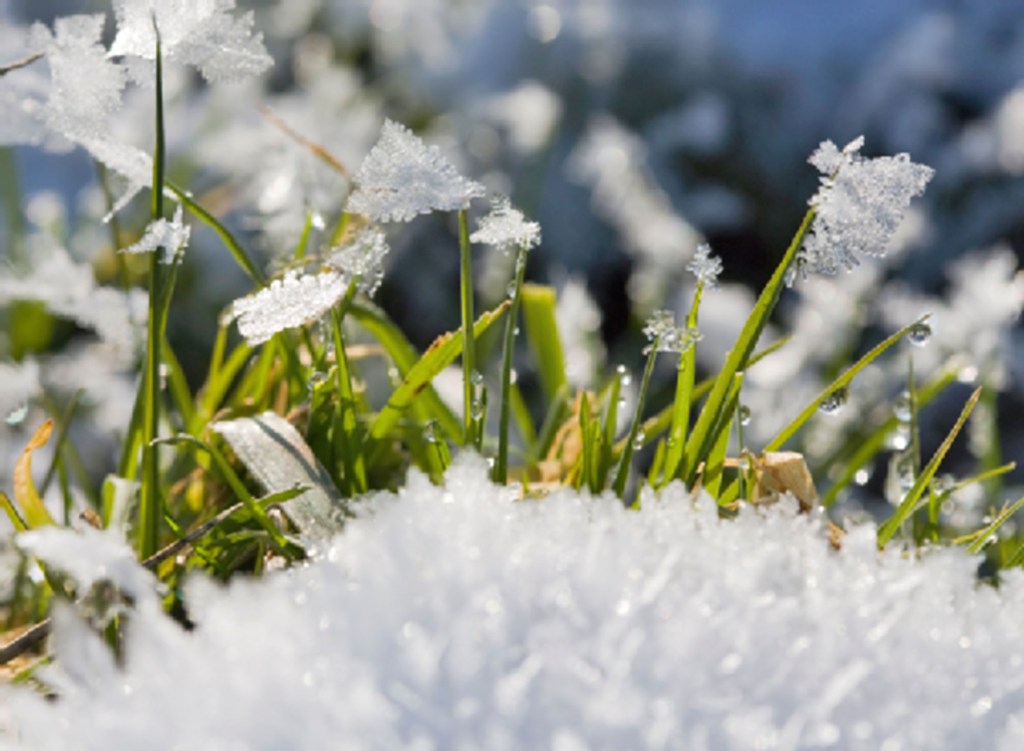ONE GARDENER TO ANOTHER: Not all grasses should be winterized
Published 6:45 am Monday, November 27, 2017

- Don't be fooled by bags of fertilizer telling you it's a good idea to winterize your lawn. Not all varieties of turfgrass require winterization.
If you head into your local garden center, you may notice the area that once held grass seed now houses fertilizers. These bags make you think that you are to fertilizer your lawn now because they say “winterize” on the bag.
Not all lawns require fall fertilization, however. The process of winterizing lawns is strictly for cool-season grasses such as fescue and bluegrass. These grasses grow in cool weather and remain green through the winter.
These lawns profit from a fertilization schedule during October, November, December and again in early spring. They should not be fertilized during the summer months, as this increases the chances of disease and heat-stress problems.
On the other hand, Bermuda, centipede, zoysia and St. Augustine are warm-season grasses, and fall fertilization may actually harm the grass. These particular grasses go dormant during the winter months. They should be fertilized during their growing season, from May through August.
Popular winterizing fertilizers are a 22-3-14 grade fertilizer. The first number represents the percentage of nitrogen in the fertilizer. It is the most important element applied to lawns and is responsible for the color, density, leaf growth, root growth, tolerance to environmental stresses, susceptibility to pests and recuperative potential of the turfgrass after it has been damaged.
Applying fertilizer on warm-season grasses may promote leaf growth. This is not ideal because it opens the new tender growth up for severe damage when a frost or freeze occurs.
High nitrogen applications late in the year can also reduce the lawn’s cold tolerance. Auburn University’s soil test recommendation for these grasses clearly states that nitrogen should be applied “up to September 1.” Later applications are risky.
Here are some other lawn care steps to consider in the fall and winter:
• Raking leaves in fall, especially before they become wet and matted, is not only easier but helps to prevent damage to the turf crowns and mold;
• In case of a hard freeze, minimize foot traffic on the lawn, which can also cause turf crown damage and result in bare spots come spring;
• With warm-season grasses, use the blanket of beige grass to your advantage. Winter weeds will be clearly visible spots of green in a sea of tan. These can be spot-treated with an herbicide that will kill weeds but not the grass;
• If the lawn has more than a few weeds, a continued mowing schedule would be beneficial in the eradication of the weeds. Winter weeds that are regularly mowed will not be able to survive. Use a bagger on your mower so that any seed from the weeds will not be spread; and
• Apply a fall herbicide in September to combat winter weeds.
Pre-emergent herbicides can be applied in February, just before the soil temperature reaches 55 degrees and before weed seed starts to germinate in the soil.
Knowing which variety of grass you have is the first step to keeping it healthy. Until next week, happy gardening.
— Irland, a member of the Limestone County Master Gardeners, can be reached at kippirland@hotmail.com. For more information on the Limestone County Master Gardeners, visit http://mg.aces.edu/limestone.





